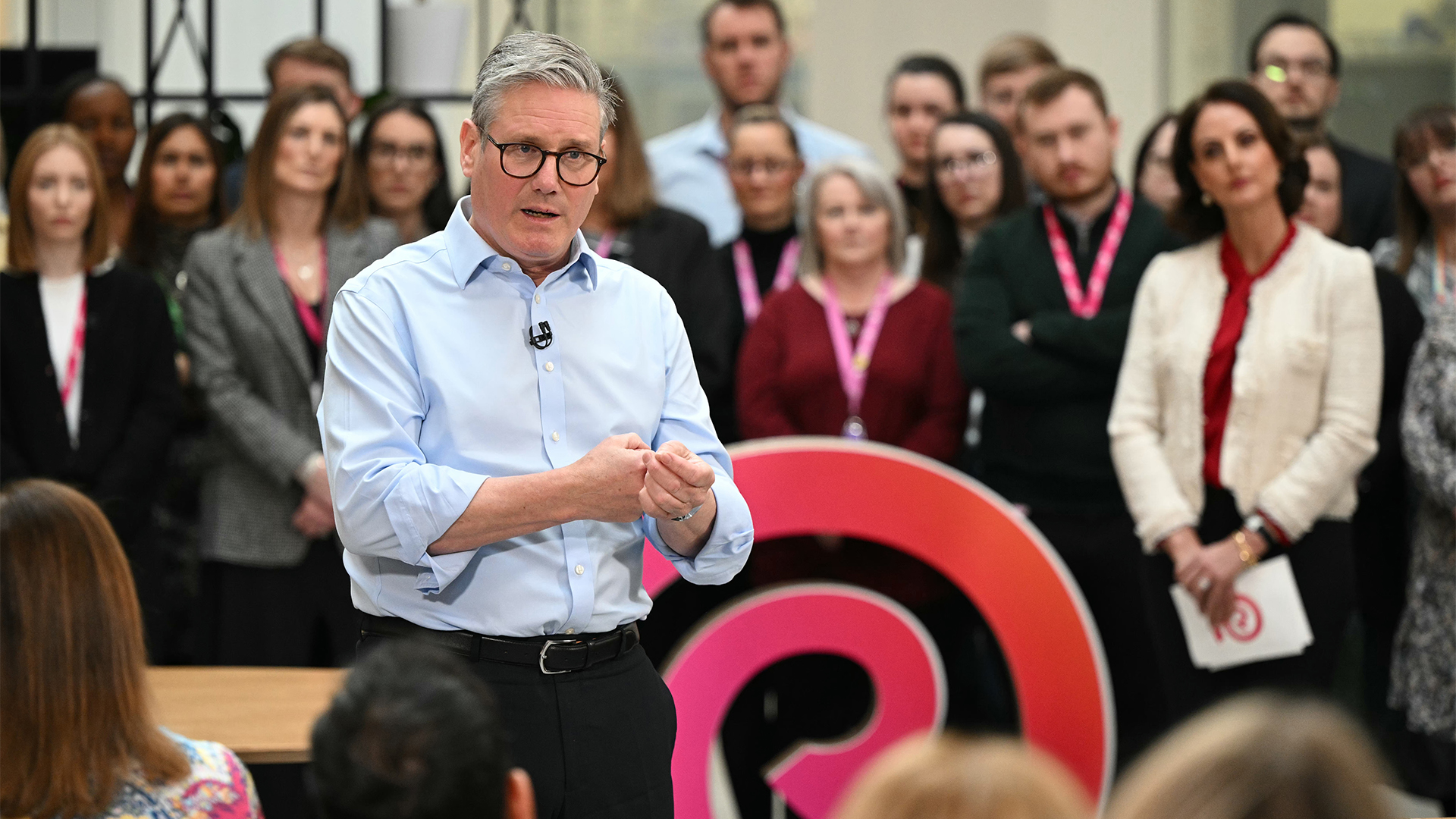Lie detectors to combat benefit fraud
Following the success of a voice analysis pilot project to combat benefit fraud, the government has announced more funding.

Funding of 1.5 million will be made available for local authorities to test new lie detector technology, which has already been used successfully to catch benefit fraudsters.
The Department for Work & Pensions (DWP) has announced that the money will be available to 15 local authority projects after initial results from seven pilots across 14 local authorities were positive.
The Voice Risk Analysis technology works by detecting changes in a caller's voice to detect whether the call is suspect and whether it is suitable to take any further action. Operators are trained in intelligent questioning and forms of behavioural analysis.
Harrow Council worked with Capita in testing the technology during May 2007, when it was used to carry out phone reviews of Housing Benefit and Council Tax benefit claims.
The intention was to reduce the intrusion of the review process, which was traditionally postal and visit driven. Low risk cases would simply have to forward verification of any changes, while high risk cases would be subject to further action with home visits by a fraud investigation officer.
The BBC reported that it saved 420,000, partly because claimants realised their answers were not adding up and did not want to be prosecuted for fraud. Others admitted that their circumstances had changed and were not eligible for benefit anymore.
"Harrow Council is one of seven local authority pilots nationwide, who have already recognised that this cutting edge technology can be used to stop criminals and is a unique weapon in the fight against benefit fraud," said DWP anti-fraud minister James Plaskitt.
Get the ITPro daily newsletter
Sign up today and you will receive a free copy of our Future Focus 2025 report - the leading guidance on AI, cybersecurity and other IT challenges as per 700+ senior executives
At the beginning of a call, the characteristics of a customer's voice frequency are sampled to establish a benchmark, which is used to analyse any changes in frequency.
The DWP said that the technology performs thousands of mathematical calculations, which results in the identification of different emotional content. It said that patterns associated with the emotional categories can identify genuine callers.
Plaskitt said: "The positive and encouraging news from the pilots shows that this technology is helping to combat benefit fraud. It is making it quicker and easier to review claims, especially for those people who are genuinely entitled to benefits."
"Overall the huge majority of people who receive benefits are entitled to them. However there is a minority who still try to steal money fro those who are most vulnerable.
He added: "We need to continue to do more to make sure that the taxpayers' money always goes to those who need it most."
-
 Bigger salaries, more burnout: Is the CISO role in crisis?
Bigger salaries, more burnout: Is the CISO role in crisis?In-depth CISOs are more stressed than ever before – but why is this and what can be done?
By Kate O'Flaherty Published
-
 Cheap cyber crime kits can be bought on the dark web for less than $25
Cheap cyber crime kits can be bought on the dark web for less than $25News Research from NordVPN shows phishing kits are now widely available on the dark web and via messaging apps like Telegram, and are often selling for less than $25.
By Emma Woollacott Published
-
 Starmer bets big on AI to unlock public sector savings
Starmer bets big on AI to unlock public sector savingsNews AI adoption could be a major boon for the UK and save taxpayers billions, according to prime minister Keir Starmer.
By George Fitzmaurice Published
-
 UK government targets ‘startup’ mindset in AI funding overhaul
UK government targets ‘startup’ mindset in AI funding overhaulNews Public sector AI funding will be overhauled in the UK in a bid to simplify processes and push more projects into development.
By George Fitzmaurice Published
-
 UK government signs up Anthropic to improve public services
UK government signs up Anthropic to improve public servicesNews The UK government has signed a memorandum of understanding with Anthropic to explore how the company's Claude AI assistant could be used to improve access to public services.
By Emma Woollacott Published
-
 The UK’s AI ambitions face one major hurdle – finding enough home-grown talent
The UK’s AI ambitions face one major hurdle – finding enough home-grown talentNews Research shows UK enterprises are struggling to fill AI roles, raising concerns over the country's ability to meet expectations in the global AI race.
By Emma Woollacott Published
-
 US government urged to overhaul outdated technology
US government urged to overhaul outdated technologyNews A review from the US Government Accountability Office (GAO) has found legacy technology and outdated IT systems are negatively impacting efficiency.
By George Fitzmaurice Published
-
 Government urged to improve tech procurement practices
Government urged to improve tech procurement practicesNews The National Audit Office highlighted wasted money and a lack of progress on major digital transformation programmes
By Emma Woollacott Published
-
 Government says new data bill will free up millions of hours of public sector time
Government says new data bill will free up millions of hours of public sector timeNews The UK government is proposing new data laws it says could free up millions of hours of police and NHS time every year and boost the UK economy by £10 billion.
By Emma Woollacott Published
-
 Online Safety Act slammed by rights groups as bill gains royal assent
Online Safety Act slammed by rights groups as bill gains royal assentNews The Online Safety Act has been described as a veiled attempt to secure access to encrypted messages
By Rory Bathgate Published